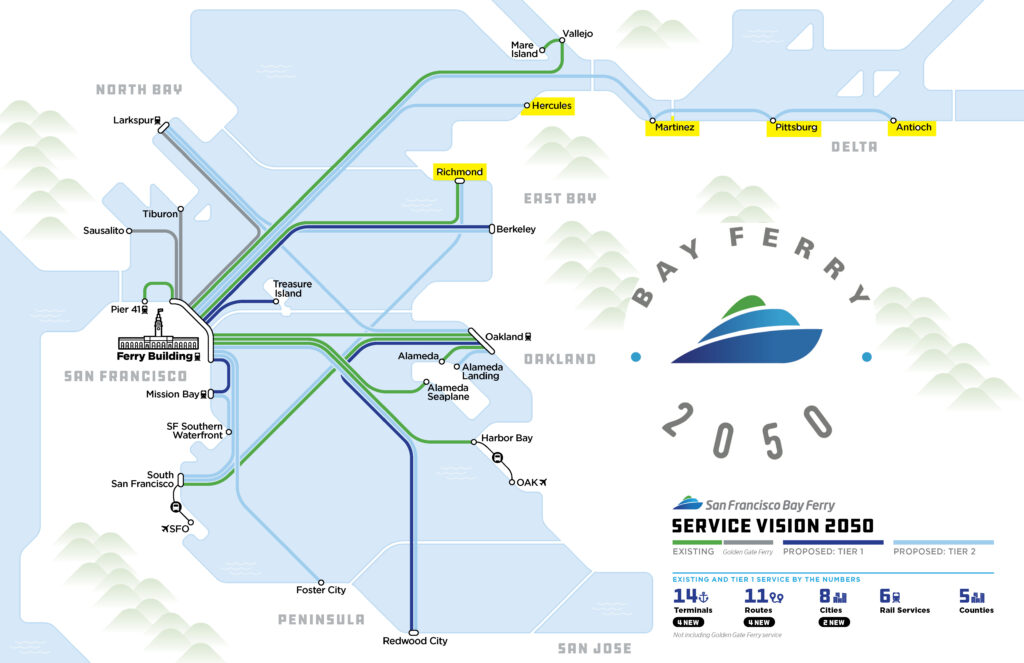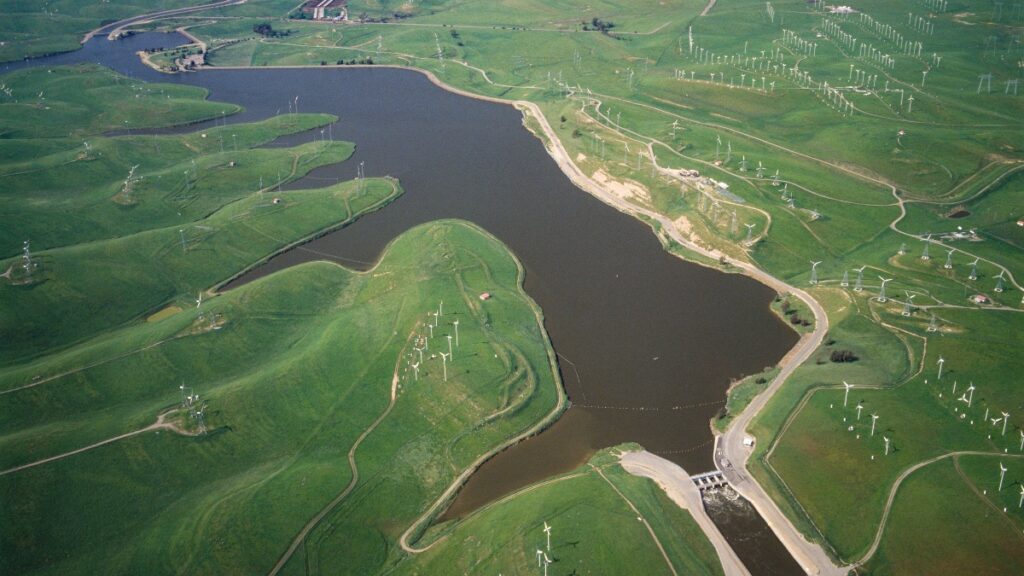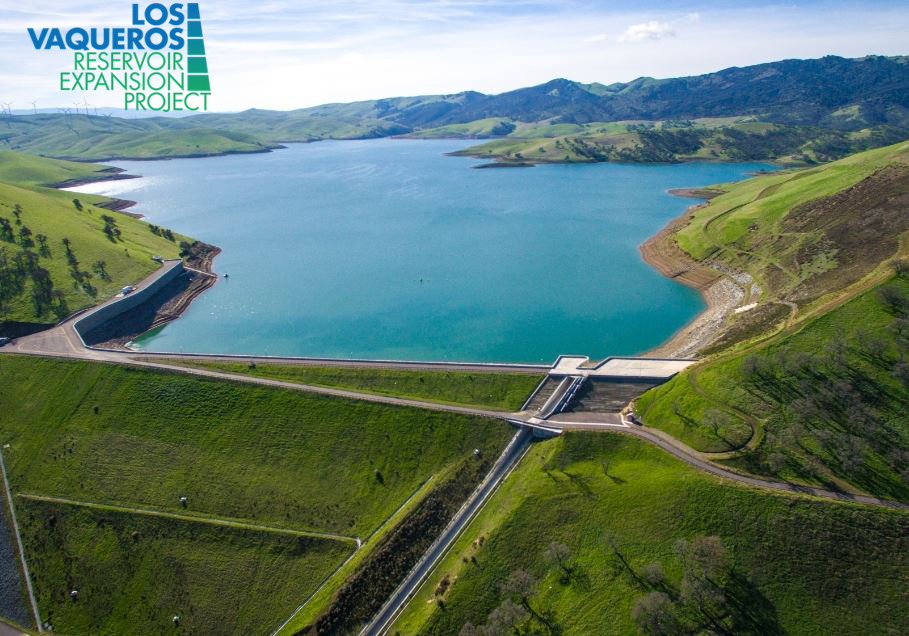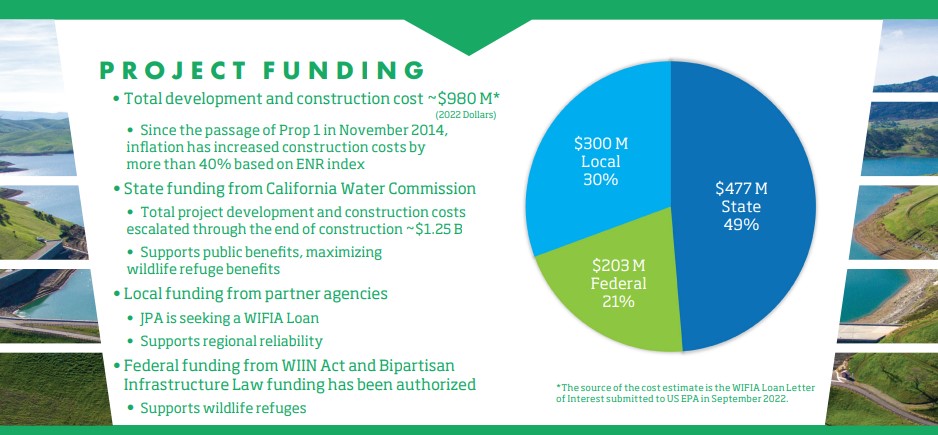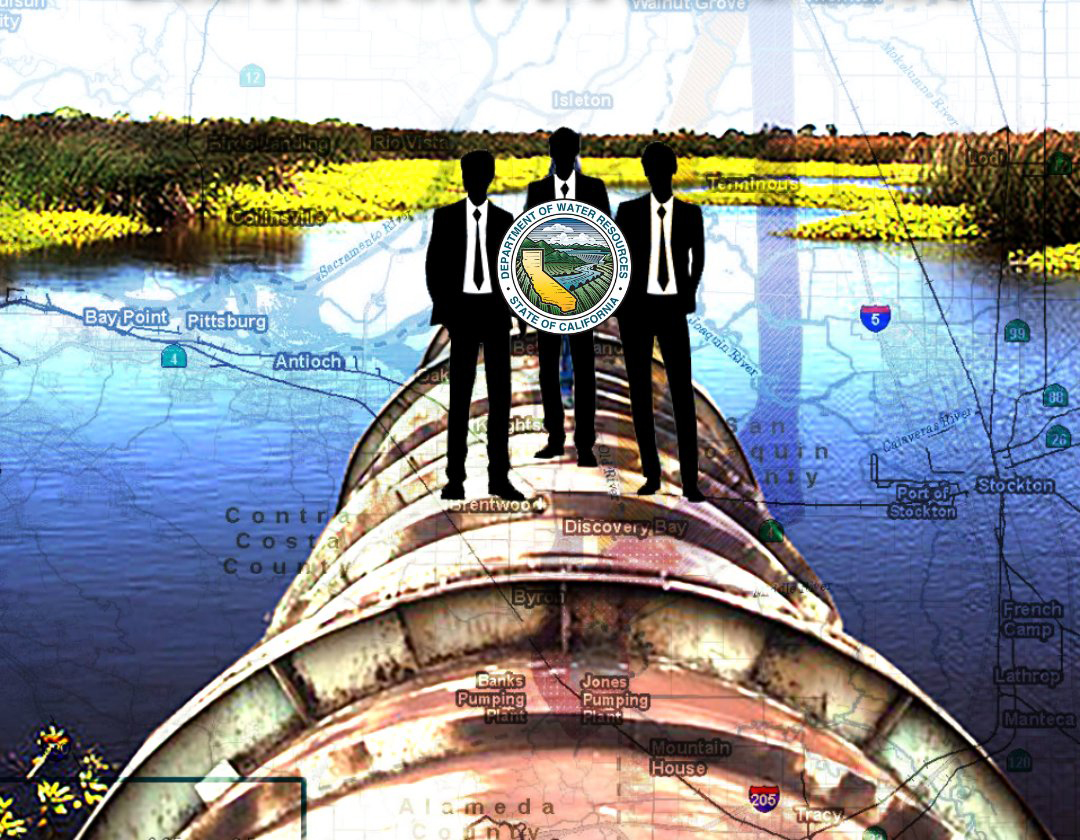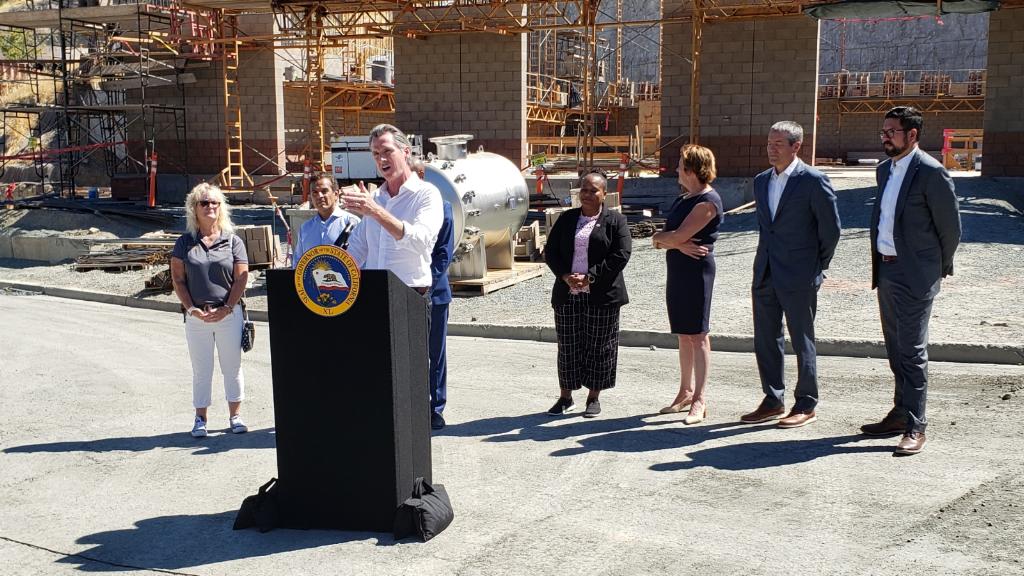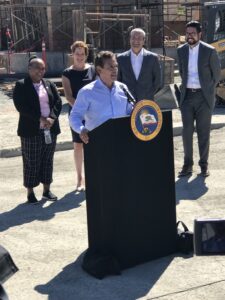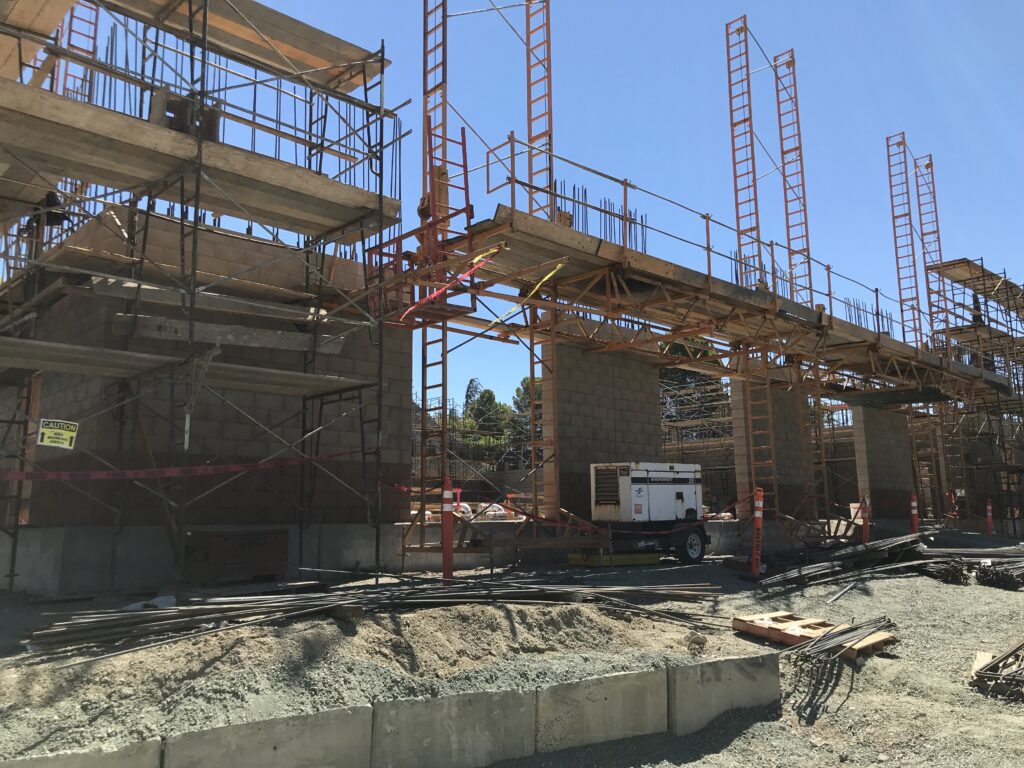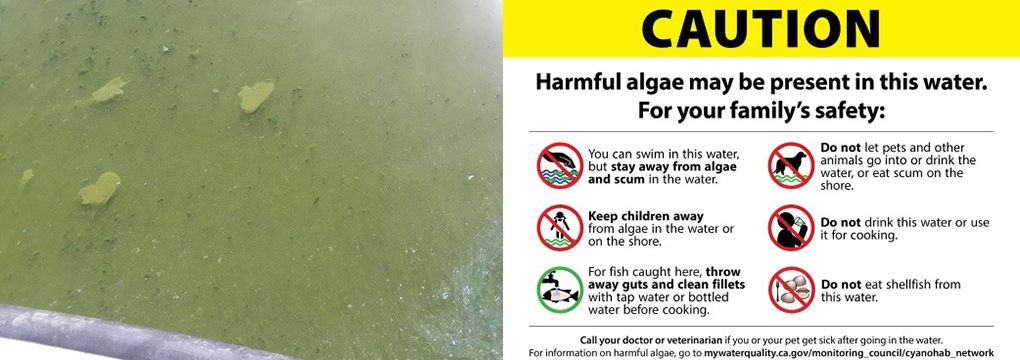To serve home confinement and probation, pay restitution
Defendant was former employee of contractor and admitted to unleashing attack
By U.S. Attorney, Northern District of California
OAKLAND – Rambler Gallo was sentenced to serve six months of home confinement and 36 months of probation for intentionally causing damage to the computer network for the Discovery Bay Water Treatment Facility, located in the Town of Discovery Bay, Calif., and thereby threatening public health and safety. Specifically, Gallo intentionally uninstalled the main operational system for the water treatment plant that operates the automated monitoring system that protects the entire water treatment system, including monitoring and controlling the chemical levels and filtration of the water across all the Discovery Bay water service facilities. The sentence was handed down on Wednesday by Haywood S. Gilliam Jr., United States District Judge. The announcement was made by United States Attorney Ismail J. Ramsey and Federal Bureau of Investigation Special Agent in Charge Robert K. Tripp.
Gallo, 53, of Tracy, Calif., was a full-time employee of a private Massachusetts-based company identified in the indictment as Company A, which contracted with Discovery Bay to operate the town’s wastewater treatment facility. The facility provides treatment for the water and wastewater systems for the town’s 15,000 residents. During his employment with Company A, from July of 2016 until December of 2020, Gallo was the company’s “Instrumentation and Control Tech,” with responsibility for maintaining the instrumentation and the computer systems used to control the electromechanical processes of the facility in Discovery Bay.
According to his plea agreement, while Gallo was employed with Company A, he installed software into his own personal computer and into Company A’s private internal network that allowed Gallo to gain remote access to Discovery Bay’s Water Treatment facility computer network. Gallo resigned from his employment with Company on November 25, 2020, giving two weeks’ notice. Approximately five weeks later, Gallo accessed the facility’s computer system remotely and transmitted a command to uninstall certain software which was designed to perform as the main hub of the facility’s computer network.
The software that Gallo accessed protected the entire water treatment system, including water pressure, filtration, and chemical levels. Documents filed by the government in connection with Gallo’s sentencing describe how Gallo’s actions took the monitoring software offline into the following day when it was discovered by employees. Employees thereafter took steps to rectify the situation and mitigate any potential damage to the water treatment system. The government argued that Gallo’s actions “were well thought out to be as disruptive as possible” and “caused a potential threat to the health and safety of the community’s water supply.”
A federal grand jury indicted Gallo on June 27, 2023, charging him with one felony count of transmitting a program, information, code, and command to cause damage to a protected computer, in violation of 18 U.S.C. §§ 1030(a)(5)(A) and (c)(4)(B)(i). Gallo pleaded guilty to the charge.
In addition to the prison term, Judge Gilliam ordered Gallo to forfeit his computer and to pay $44,250 restitution.
Assistant United States Attorney Cynthia Frey is prosecuting this case with assistance from Kathy Tat and Kevin Costello. The case is being investigated by the FBI.


